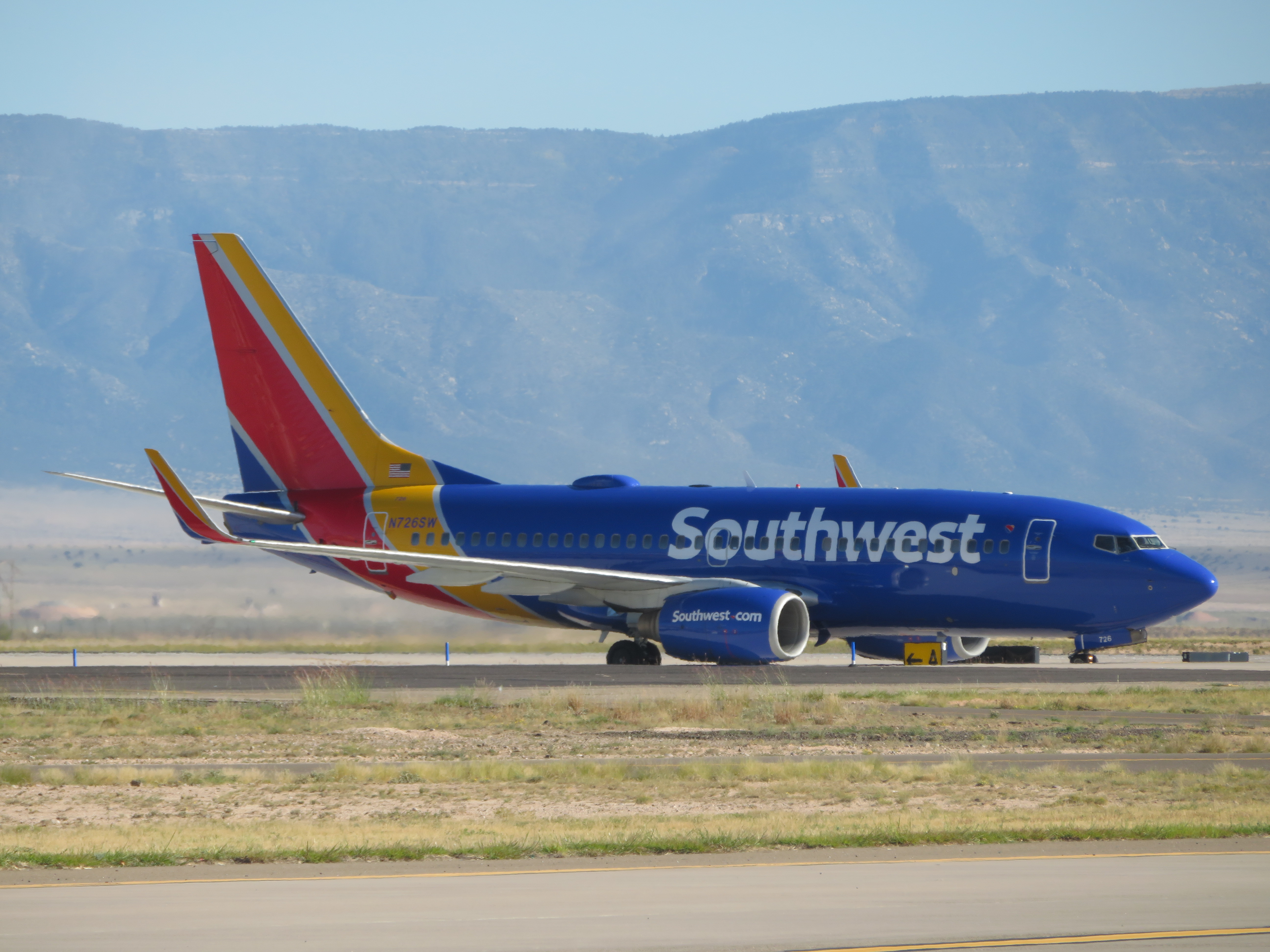|
KLIA2 ERL Station
klia2 ERL station is a station on the Express Rail Link (ERL) which serves klia2, the low-cost carrier terminal at Kuala Lumpur International Airport (KLIA), Malaysia. The second ERL station to serve the airport, it began operations on 1 May 2014 in conjunction with the opening of klia2. The station is located on Level 2 at the Gateway@klia2 complex. It is served by both lines of the ERL, KLIA Ekspres and KLIA Transit. The station consists of a single island platform. Similar to the arrangement at the KLIA ERL station, both services use the opposing side of the platform. KLIA Ekspres uses Platform A, while KLIA Transit uses Platform B. klia2 ERL station is the southern terminus of the ERL line. All ERL trains stop at this station and KLIA station. From KLIA station towards the Kuala Lumpur city centre, KLIA Ekspres runs non-stop to KL Sentral Kuala Lumpur Sentral Station (KL Sentral) is a transit-oriented development that houses the main railway station of Kuala Lu ... [...More Info...] [...Related Items...] OR: [Wikipedia] [Google] [Baidu] |
Airport Rail Link
An airport rail link is a service providing passenger rail transport from an airport to a nearby city by mainline or commuter trains, rapid transit, people mover, or light rail. Direct links operate straight to the airport terminal, while other systems require an intermediate use of people mover or shuttle bus. Although airport rail links have been popular solutions in Europe and Japan for decades, only recently have links been constructed in North America, Oceania, and the rest of Asia. Advantages for the rider include faster travel time and easy interconnection with other public transport, while authorities have benefited from less highway and parking congestion, less pollution, and additional business opportunities. Additionally, the links benefit airports by drawing in more passengers via easy access. Connection types Mass transit For airports built within or close to the city limits, extending mass transit urban rail systems like rapid transit or light rail to a ... [...More Info...] [...Related Items...] OR: [Wikipedia] [Google] [Baidu] |
Low-cost Carrier
A low-cost carrier or low-cost airline (occasionally referred to as '' no-frills'', ''budget'' or '' discount carrier'' or ''airline'', and abbreviated as ''LCC'') is an airline that is operated with an especially high emphasis on minimizing operating costs and without some of the traditional services and amenities provided in the fare, resulting in lower fares and fewer comforts. To make up for revenue lost in decreased ticket prices, the airline may charge extra fees – such as for carry-on baggage. As of April 2020, the world's largest low-cost carrier is Southwest Airlines, which operates primarily in the United States, as well as in some surrounding areas. The term originated within the airline industry referring to airlines with a lower operating cost structure than their competitors. While the term is often applied to any carrier with low ticket prices and limited services, regardless of their operating models, low-cost carriers should not be confused with regional airl ... [...More Info...] [...Related Items...] OR: [Wikipedia] [Google] [Baidu] |
Railway Stations Opened In 2014
Rail transport (also known as train transport) is a means of transport that transfers passengers and goods on wheeled vehicles running on rails, which are incorporated in tracks. In contrast to road transport, where the vehicles run on a prepared flat surface, rail vehicles (rolling stock) are directionally guided by the tracks on which they run. Tracks usually consist of steel rails, installed on sleepers (ties) set in ballast, on which the rolling stock, usually fitted with metal wheels, moves. Other variations are also possible, such as "slab track", in which the rails are fastened to a concrete foundation resting on a prepared subsurface. Rolling stock in a rail transport system generally encounters lower frictional resistance than rubber-tyred road vehicles, so passenger and freight cars (carriages and wagons) can be coupled into longer trains. The operation is carried out by a railway company, providing transport between train stations or freight customer facili ... [...More Info...] [...Related Items...] OR: [Wikipedia] [Google] [Baidu] |

